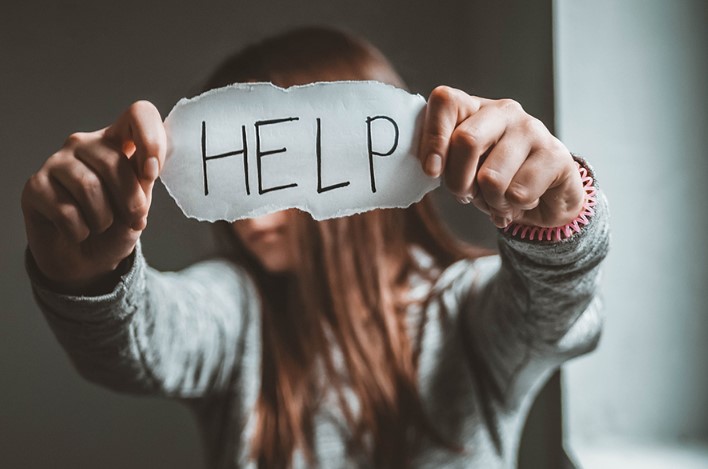Key Takeaways:
- Domestic violence victims have enforceable legal rights designed to safeguard them.
- In-depth knowledge of legal terms and protective measures is essential for navigating the justice system.
- Various resources are available to support victims, from legal advocacy to shelter and counseling.
- Law enforcement plays a critical role in the initial response and ongoing prevention of domestic abuse.
- The legal process involved in domestic violence cases is a vital component of victim protection.
- Domestic violence has significant ramifications on family structure and the psychological well-being of children.
- Community education and proactive initiatives are vital in combatting and preventing domestic violence.
- Financial and legal aid access can alleviate the burden of legal proceedings for victims.
- Survivors have pathways to empowerment and the rebuilding of their lives post-domestic violence.
Table of Contents:
- Introduction to Legal Rights and Domestic Violence
- Legal Rights of Victims
- Understanding Protective Measures and Legal Terms
- Resources for Domestic Violence Victims
- The Role of Law Enforcement
- Legal Procedures and Court Process
- The Impact of Domestic Violence on Families and Children
- Access to Legal Aid and Financial Considerations
Introduction to Legal Rights and Domestic Violence
Domestic violence is a profound and complex issue that affects individuals from every walk of life. Although it is often hidden behind closed doors, its effects ripple through society, leaving lasting scars on victims and their families. Understanding the array of legal rights afforded to those impacted by domestic violence is not merely necessary; it’s a potential lifeline. Securing aid from professionals such as a domestic abuse lawyer Hernando County FL, can set the foundation for a more hopeful future, empowering victims to move beyond their circumstances.
Legal Rights of Victims
Selecting the form of legal recourse and understanding the protective rights have a monumental impact on the lives of domestic violence victims. Across legal jurisdictions, these rights may vary but commonly include the ability to file for restraining orders, which can serve to halt an abuser’s destructive behavior and provide victims with a measure of peace and autonomy. When victims realize their right to engage the judicial system to seek protection, secure housing, and even pursue legal action against their abusers, they reclaim a sense of control often stripped away by their circumstances.
Understanding Protective Measures and Legal Terms
Entering the legal domain armed with knowledge equates to empowerment. For instance, understanding the conditions of a ‘restraining order’ or the implications of a ‘no-contact order’ can significantly impact the security of a domestic violence victim. These terms lay out specific limitations on the abuser, outlining necessary distance and communication prohibitions. By fully grasping these protective legal measures, victims can better advocate for themselves and ensure that the judicial system is fully leveraged to their benefit.
Resources for Domestic Violence Victims
The journey to escape the cycle of domestic violence is seldom traveled alone. Many resources are available to assist victims in breaking free and beginning the healing process. Shelters provide immediate refuge, hotlines offer a sympathetic ear, and counseling services help mend emotional wounds. The fortification provided by entities through legal advocacy can be instrumental in navigating the complexities of the legal process. They stand ready to support victims, helping to decipher legal jargon and prepare for courtroom proceedings.
The Role of Law Enforcement
The course of a domestic abuse case can be significantly influenced by the way law enforcement officials react at first. Officers trained in crisis intervention can provide immediate safety and later aid in collecting evidence, which is crucial for legal proceedings. Furthermore, law enforcement’s proactive role in community outreach and education on domestic violence prevention underscores their integral part in victim protection and perpetrator accountability.
Legal Procedures and Court Process
Understanding the procedural steps is foundational to success for victims taking a stand against their abusers in a court of law. The legal system can seem labyrinthine, but it’s structured to facilitate justice and uphold victim protection. Proper documentation and credible evidence are paramount, as they substantiate the victim’s experience and can lead to restraining orders and other legal remedies. The courts have a profound responsibility to ensure abusers adhere to legal mandates. A resource can illuminate the pathway for those unfamiliar with the process.
The Impact of Domestic Violence on Families and Children
The tremors of domestic violence shake the very foundations of family life. When courts determine custody arrangements and child support, they must weigh the safety and emotional well-being of the children involved. Exposure to such traumatic events can have long-term effects on a child’s development, necessitating the availability of specialized resources and interventions to mitigate these effects and offer stability in turbulent times.
Access to Legal Aid and Financial Considerations
The aftermath of domestic violence can be as thrashing to one’s finances as it is to the psyche. Legal aid is instrumental in offering representation and guidance to those with limited financial means. Navigating the legal system without incurring prohibitive costs is possible through the assistance of organizations that provide free or reduced-fee legal services, enabling every victim, irrespective of economic status, to access justice.



